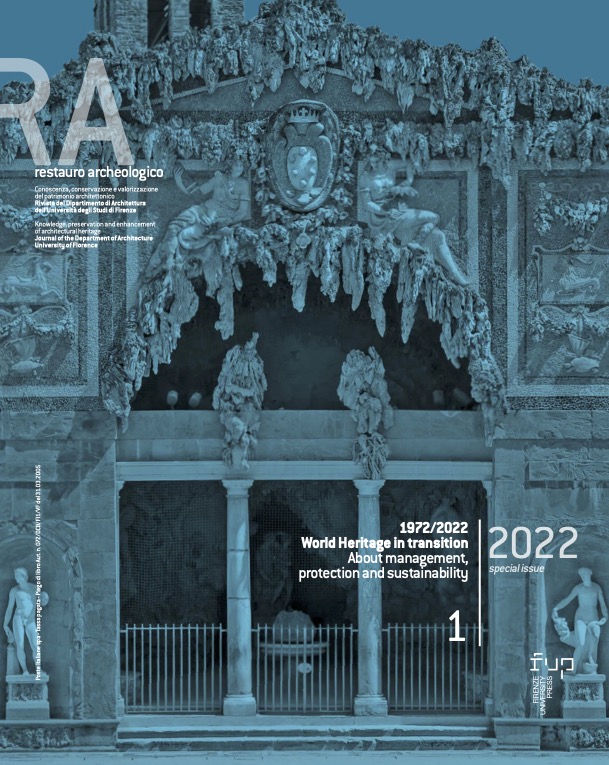UNESCO World Heritage Sites in China’s cultural diplomacy: Fostering mutual understanding along the Silk Roads
Published 2023-02-03
Keywords
- World Heritage,
- Cultural Diplomacy,
- China,
- Soft Power,
- Silk Roads
How to Cite
Abstract
The adoption of the World Heritage Convention (WHC) in 1972 was the response to a world asking for peace after the destruction caused by the two world conflicts, particularly to cultural heritage (CH). UNESCO World Heritage Sites (WHS) act as enablers in establishing strong and effective relationships among countries, people, culture and history, while influencing and attracting these elements to promote a positive national image and fostering mutual understanding, which is the main objective of cultural diplomacy (CD). This holds true also for China and this institutes the need to investigate on how UNESCO World Heritage acts as a strategic asset in Chinese CD. This paper will provide an empirical framework addressing the position of WHS embedded in the Chinese CD. Discussion on the growing Chinese involvement of WHS in cultural projects fostering international relations and considerations on the potential impact and future development of this phenomenon with regards to China and the WHC are offered.


